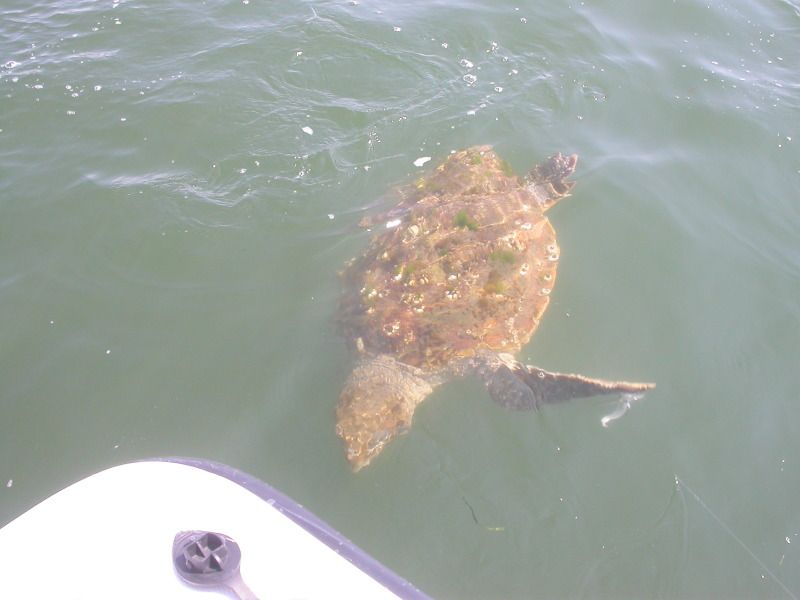Turtle’s eggs get warmer haven
Weather too cool for successful incubation
12:48 AM, Oct. 10, 2011
Written by
MOLLY MURRAY
The News Journal
Delaware’s lone sea turtle nest has another new home – a climate-controlled lab at the University of Delaware’s College of Earth, Ocean and Environment in Lewes.
The clutch of 194 eggs was laid by a green sea turtle in August on the beach at Cape Henlopen State Park. Within a few hours, it was moved to higher ground to keep it from daily inundation by high tides.
But when the weather turned colder, federal, state and local marine rescuers decided it was time to move the nest again.
Typically, temperatures below 78 degrees interrupt incubation of the eggs, said Edna Stetzer, a biologist with the state Department of Natural Resources and Environmental Control.
Stetzer got a temperature monitor from a colleague in North Carolina, placed it in the sand recently and took a reading of 66 degrees.
“It was well below what optimum was,” she said.
So state officials worked with the MERR Institute, Delaware’s marine mammal stranding organization, the U.S. Fish & Wildlife Service and UD scientists to move the nest a second time.
Typically, it takes about 60 days for sea turtle eggs to hatch. Based on the day the eggs were laid, that would be about Oct. 18.
“These eggs have had a lot of obstacles,” said MERR Executive Director Suzanne Thurman, who led a MERR team in the delicate move. “But this is a big step in helping them survive.”
Stetzer and Thurman said some of the eggs didn’t look viable, but some did.
Thurman said MERR hopes to install a monitoring camera to keep tabs on the relocated eggs. The Oct. 18 date is a guess and many factors, including lunar cycles, are part of sea turtle hatching, she said. The next full moon is Wednesday.
The eggs were moved Oct. 5, following detailed instructions from federal officials.
The new nests are plastic foam coolers filled with layers of sand. The eggs have been divided among three coolers.
Thurman said the drive from the Cape Henlopen beach to UD’s Lewes campus was one of the slowest she had ever taken.
The team drove slowly to avoid jostling the eggs, which could have separated the embryo from the egg sack, she said.
While loggerhead sea turtles are common along the Delaware coast in the summer, green turtles are more of a tropical species.
Juvenile loggerheads visit the area to feed on horseshoe crabs.
But there had never been a documented case of a green sea turtle nesting in Delaware.
“Sea turtles usually lay their eggs on beaches in warmer climates, and the sand temperature was getting too low for them to survive,” Stetzer said.
Once the eggs were moved a second time, the team slowly raised the temperature in their new nests.
Thurman said it is now 80 degrees.
The first sign that the eggs are about to hatch should be a depression in the sand, she said.
If they do hatch and the water temperature off the Delaware coast is above 50 degrees, the baby turtles will be released locally, Stetzer said.
If not, they will be transported to the coast of North Carolina and released there.
The eggs have been through a lot since they were laid before dawn on Aug. 18. Hurricane Irene’s winds and waves moved 14 inches of sand on top of the nest – which was carefully removed by volunteers. More sand was deposited by Tropical Storm Lee.
